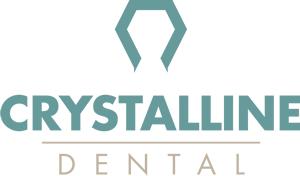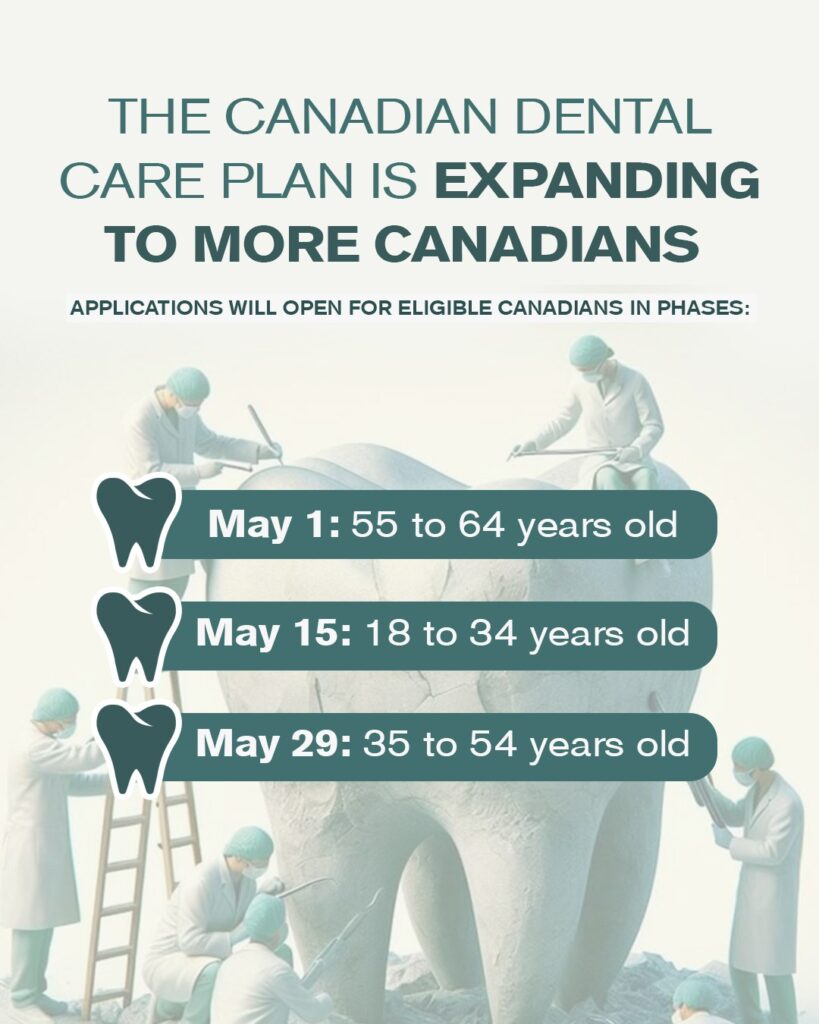Immediate Implant vs Delayed: Which Dental Implant Option is Right for You?
A missing tooth produces more than just a small functional problem because it erodes your self-confidence while complicating chewing activities along with potentially modifying your jaw structure during extended periods. People choose dental implants as their primary replacement choice because they mimic natural teeth while maintaining real tooth appearance and sensation.
Choosing between having your implant right after the tooth extraction process as an immediate procedure or waiting for the site to heal through a delayed implant procedure becomes your main decision. People struggle to understand the distinctions between immediate loading and classic implant procedures and whether to select immediate placements after extraction or delayed implantation and other factors. The selection process might seem daunting but we will guide you step by step through all essential information.
This piece investigates the distinctions between getting dental implants straight away or putting them off until later and weight the advantages and disadvantages against one another to understand which solution suits your needs best. Whether you’re eager to restore your smile quickly or willing to take it slow for the sake of stability, you’ll find the clarity you need here.
 Key Differences Between Immediate and Delayed Implants
Key Differences Between Immediate and Delayed Implants
This section explains the fundamental differences between prompt dental implant placement and the delayed approach where implants are installed at a later time. The implant timeline alongside the healing processes determines how events progress during implant procedures.
Timing of Placement
Time stands out as the main contrasting factor between these two implant solutions. Your extracted tooth will receive an immediate implant placement on the same day of the extraction procedure. Patients visit the dentist’s office with a failing tooth then receive an implant placed right away before leaving with the implant beginning its integration process. The entire implant process occurs rapidly yet it fails to match everyone’s treatment requirements.
The procedure of delayed implants happens over longer durations than immediate ones. The dentist allows the socket to heal during the waiting period that could be measured in weeks or months before placing the implant. The length of the delayed implant operation affects people differently based on their circumstances.
Healing and Osseointegration Process
The implant must accomplish bone fusion with jaw tissue before becoming stable through the osseointegration process. The implant achieves sufficient strength because it functions through osseointegration that securely anchors it to the bone for basic functions such as proper chewing. The bones begin to integrate with immediate implants as soon as the dentist sets them in place.
Dental implants that lack initial stability run a higher risk of failing since proper fusion will not occur between implant and bone. The healing process of extraction sites before implant placement allows delayed procedures to become the better option because it delivers a more stable and foreseeable platform for bone fusion. The decision to use this technique emerges when dentists need confirmation about existing bone condition or quality.
Immediate Load Dental Implants vs Traditional Implants
You might hear terms like “immediate load” and “traditional implants” thrown around, and it’s worth sorting them out. Immediate load implants mean you get a temporary crown attached to the implant on the same day it’s placed. You walk out with a tooth in place, skipping the awkward phase of a gap. But this only works if the implant is rock-solid from the start. Traditional implants take a more patient route: after the implant is placed, you wait 3 to 6 months for it to fully integrate with the bone before adding the permanent crown. It’s a time-tested method that’s been around longer.
Here’s the kicker: an immediate implant can be either immediate load or traditional, depending on whether you get that crown right away or later. Delayed implants typically follow the traditional path, but there’s flexibility based on your case.
Success Rates and Long-Term Durability
Both immediate and delayed implants boast impressive success rates—over 95% in most studies. Immediate implants can last just as long as delayed ones when everything lines up: healthy gums, strong bone, and no complications. But if the extraction site has issues—like leftover infection—the odds of trouble go up slightly. Delayed implants often edge out a bit ahead because the healed bone provides a more reliable foundation. That said, dental technology has come a long way, making immediate implants a solid choice for more people than ever before.
Benefits and Risks of Immediate Dental Implants
Immediate implants sound tempting—who wouldn’t want fewer trips to the dentist? Let’s weigh the advantages against the potential downsides.
Benefits:
- Fewer procedures: Extraction and implant placement happen in one go, saving you time and possibly reducing costs.
- Faster aesthetics: You can prevent an extended duration of toothlessness by using immediate loading techniques especially when the target tooth sits in the front.
- Bone preservation: When you install the implant immediately it protects your jawbone from shrinking while also maintaining its shape.
Risks:
- Potential complications: The implant procedure might fail due to insufficient bone at the site combined with infection which disrupts proper implant integration.
- Limited eligibility: Some medical conditions prevent patients from receiving this treatment since factors including gum disease and low bone density restrict their eligibility.
Benefits and Risks of Delayed Dental Implants
Patients need to demonstrate greater patience when getting delayed implants because of better long-term results. You will obtain these benefits together with potential challenges.
Benefits:
- Improved stability: The success of implant integration becomes more likely when the implant placement site has healed completely.
- Reduced infection risk: Waiting duration creates additional benefits since it enables inflammation and bacterial elimination before implant placement.
- Better planning: Dentists gain better surgical planning skills through their evaluation of healed bone which allows them to customize procedures for most effective outcomes.
Risks:
- Extended timeline: You’re looking at months between extraction and the final crown, which can test your patience.
- Bone loss possibility: While waiting, some bone might naturally resorb, potentially requiring a graft before the implant can go in.
Which Implant Option is Best for You?
Deciding between immediate and delayed implants isn’t a snap judgment—it’s about what fits your life and your mouth. Your oral health plays a big role: if your gums are in great shape and there’s no infection, immediate implants might work beautifully. But if there’s gum disease or shaky bone, waiting for healing could be smarter. Bone quality matters, too—strong, dense bone supports immediate placement, while thinner bone might need time to recover first.
Timing preferences come into play as well. If you’re all about speed and fewer visits, immediate implants deliver. If you’d rather take it slow for a surer result, delayed implants might feel right. The tooth’s location can tip the scales, too—front teeth often push people toward immediate options for looks, while back teeth might lean toward delayed for function.
Take Sarah, for instance—she lost a front tooth and chose an immediate implant, walking out with a temporary crown that kept her smiling confidently. Then there’s John, who waited months for a delayed implant after an infected molar was pulled, ensuring a smooth, lasting fix. Stories like these show how personal this choice can be.
Conclusion: Making the Right Decision for Your Smile
The selection between immediate and delayed implant treatments depends on which method will lead to better health and happiness outcomes. Immediate implants offer speed and convenience, while delayed ones prioritize stability and a strong foundation. Both can give you a lasting smile—modern dentistry has made sure of that. Cost-wise, immediate implants might save money upfront with fewer visits, but complications could add up. Delayed implants might cost more initially with extra steps, but they could spare you expense down the road.
Consult with a Vaughan Dental Implant Specialist
If you’re in Vaughan, don’t guess your way through this. A skilled implant specialist can assess your situation and guide you toward the right path. It’s worth the conversation.
Schedule a Consultation at Crystalline Dental for Expert Advice
Ready to move forward? Book a consultation at Crystalline Dental in Vaughan. Our team will give you the rundown—X-rays, options, timelines—and craft a plan that fits you perfectly. Your smile deserves it.

 Key Differences Between Immediate and Delayed Implants
Key Differences Between Immediate and Delayed Implants